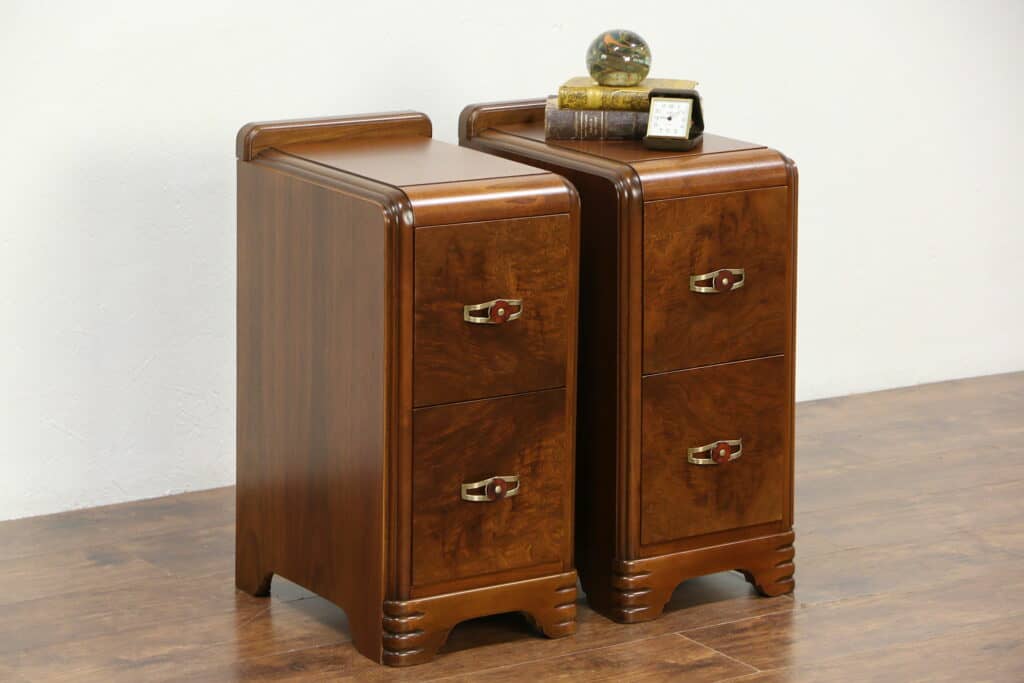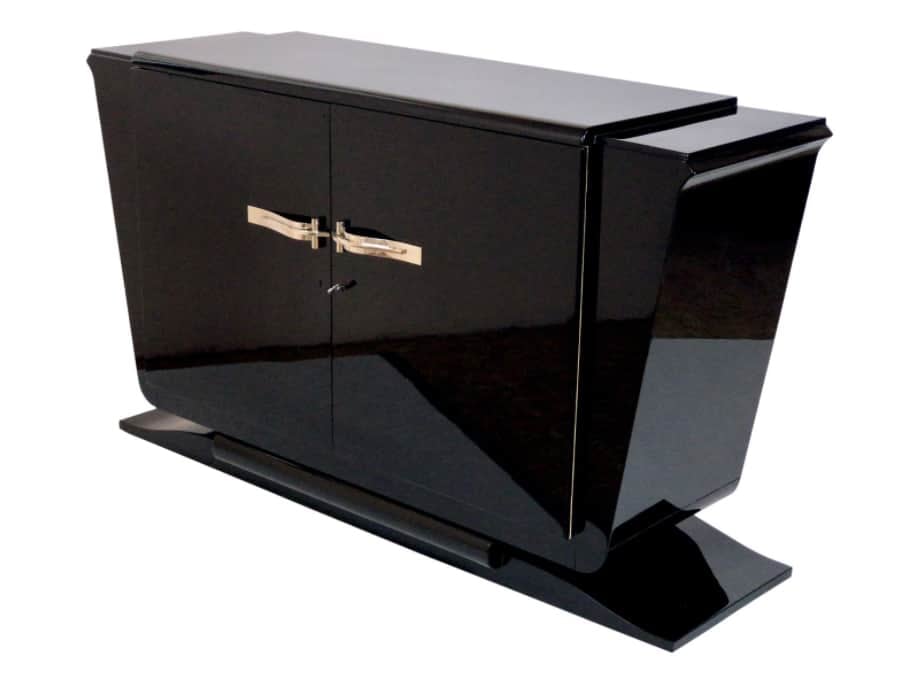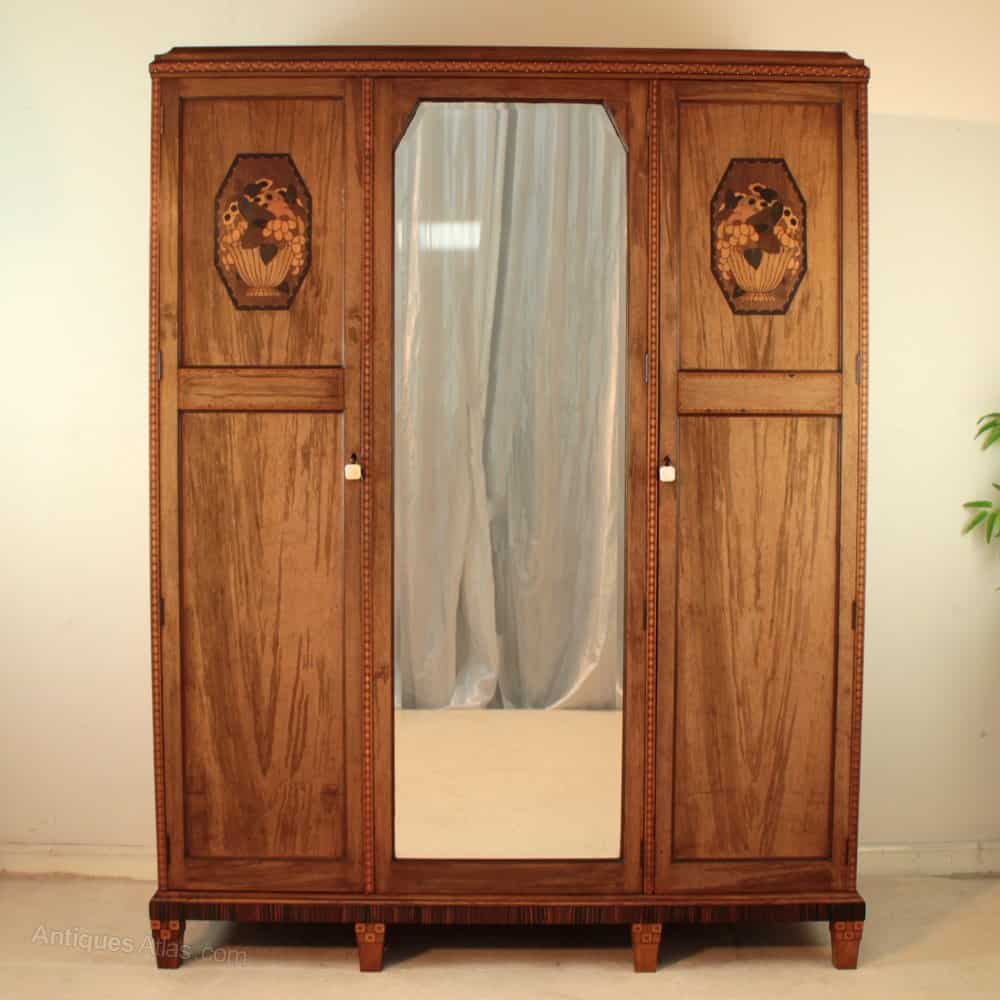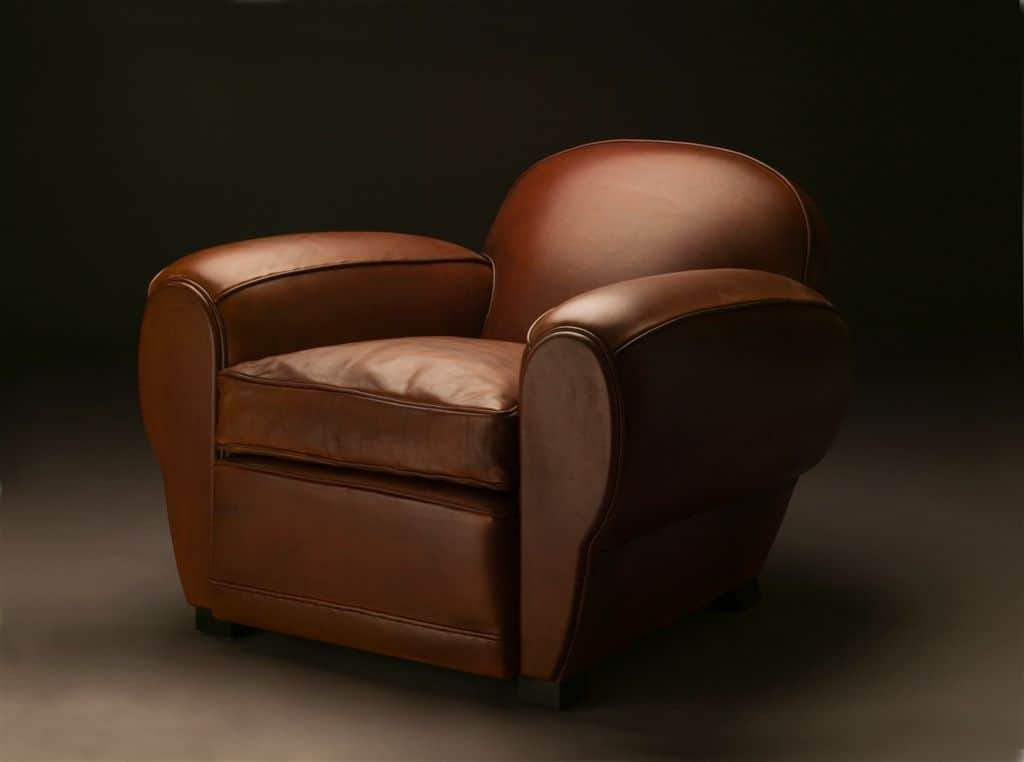Lifestyle
A Complete Guide to Art Deco Furniture
By Adam Hencz
“Only the very rich can pay for what is new and they alone can make it fashionable.”
Émile-Jacques Ruhlmann
No other movement in decorative arts and architecture was ever able to celebrate urban life in such a glamorous and luxurious manner as Art Deco. After a century of its golden days, the iconic design style is making its way back into mainstream design and is blossoming in cities like Los Angeles and Dubai, where glamorous interiors are spiced up by modern Art Deco furniture. Advocating technological progress, sophistication and craftsmanship, Art Deco seems to be forever in trend.
Even though the style gained prominence and international acclaim at the 1925 Exposition Internationale des Arts Décoratifs et Industriels Modernes in Paris, its underlying features and design forces appeared decades earlier, even before World War I. The style undoubtedly originated from early 20th century France, and it is believed that the first one to use the diction ‘Art Deco’ was designer and architect Le Corbusier in a series of articles titled “1925 EXPO. ARTS. DÉCO.” where he attacked the lavishness at the Exposition and developed his anti-decorative theory based on the idea that “Modern decoration has no decoration.” However, the term did not enter common usage until 1966, when the Museum of Decorative Arts in Paris hosted Les Années 25: Art déco, Bauhaus, Stijl, Esprit nouveau, an exhibition covering the major styles in the 1920s and 1930s.
Art Deco conquered America and the globe at full tilt, and with its luxurious marble- and metal-lined interior design, the Chrysler Building is a stunning example of how total the style’s domination was by the end of the roaring twenties. The glamorous lifestyle of the era is sometimes also dubbed as the Great Gatsby style, as it was immortalized by F. Scott Fitzgerald’s novel that depicts Jay Gatsby and his flamboyant lifestyle in the jazz age. The style flourished internationally, and in the 1930s Art Deco furniture became a synonym for elegance and functionalism. It made a global impact and profound influence on architecture and the visual arts, car and ship manufacturing, jewelry, and fashion, as well as transforming everyday functional objects along with interior and furniture design.
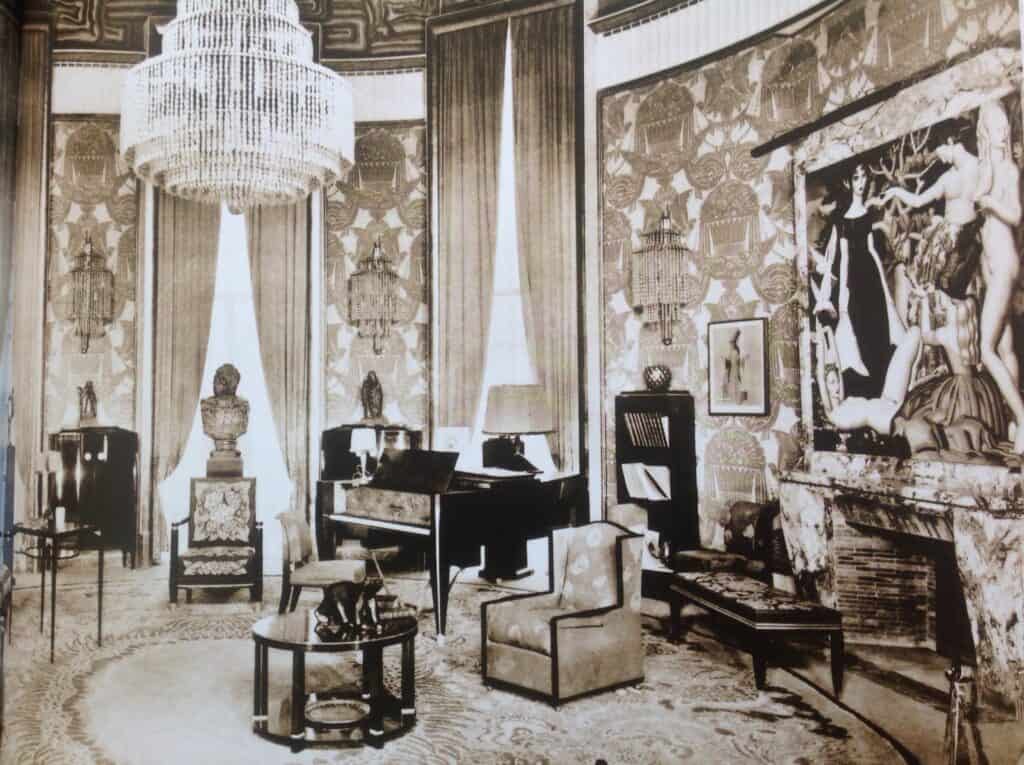
What is Art Deco furniture?
Furniture designed in the early years of the movement did not sell to the average consumer, but was targeted to grasp the attention of high society, who started taking a great interest in luxury goods. In the 1920s, major department stores in Paris transformed their decorating departments from Art Nouveau to Art Deco and played an important role in providing customers with a vast array of luxury products from jewelry through ashtrays and coffee tables to large pieces of Art Deco bedroom furniture, all promoting the fresh movement.
Designers were not just craftsmen and cabinet makers, but often thrived in other disciplines like lighting and material design as well as architecture. They designed entire buildings, homes, and corporate offices along with their entire interiors often for wealthy clients and businesses. These makers include notable names such as Émile-Jacques Ruhlmann, Edgar Brandt, Charles Picquet, and Paul Follot. The movement revolutionized interior design and Art Deco furniture is hugely popular among connoisseurs even today. However, what is that distinguishes Art Deco furniture from Art Nouveau, or Bauhaus, or other modernist designs? We have gathered its main characteristics, those that make it easy to recognize them from other common turn-of-the-century furniture designs.
Art Deco furniture: style and characteristics
Art Deco as a decorative style is defined by geometric patterns, naturalistic motifs, bold colors, and sinuous outlines that are also well reflected in furniture design trends of the period. High-end modern Art Deco furniture was meticulously crafted into refined forms, using ebony and exotic woods manufactured with traditional methods like veneering and marquetry. Art Deco furniture was always polished, and Japanese lacquer was often used to achieve a shiny finish. Besides peculiar wood, expensive materials like ivory, wrought iron, and glass were also gracefully used by designers of the era.

Exotic woods
The Art Deco era meticulously crafted furniture made of rich, exotic woods such as ebony or lemonwood, or zebrawood.
Art Deco waterfall furniture
Distinguishing features of waterfall furniture are the rounded drops at the edges of all horizontal surfaces, created to mimic a flowing waterfall. It was widely popular in the late 1930s and early 1940s when waterfall furniture was produced primarily for the mass market and often in poor quality. This pair of late 1930s walnut burl nightstands is a delightful exception.
Lacquer
Art Deco craftsmanship often involved applying several coats of lacquer for a delicate finish, giving a smooth sheen and a timeless look to the piece.
Marquetry
Marquetry refers to the technique of forming geometric bandings and intricate designs out of different kinds of wood such as boxwood, satinwood, ebony, or even ivory. Traditional, natural marquetry patterns are prominent features of pieces of furniture of the era.
Leather
Rich leathers were also used for manufacturing armchairs, club chairs, and sofas, making such pieces a handsome addition to a stylish living room, office, or den. Club chairs usually had a tight back design, rolled arms, and square tapered legs made of premium leather combined with handcrafted hardwood.
Wondering where to start?




